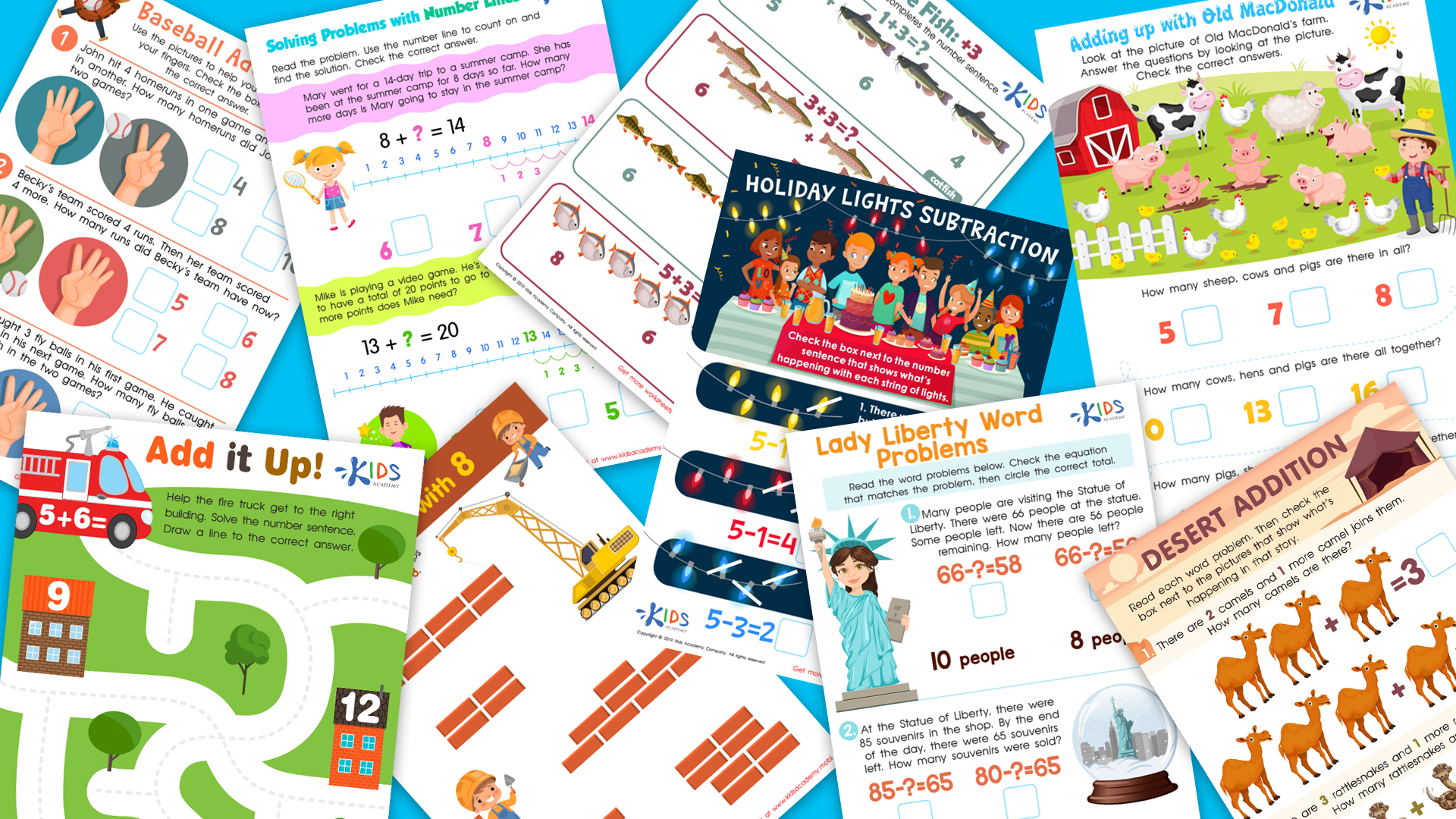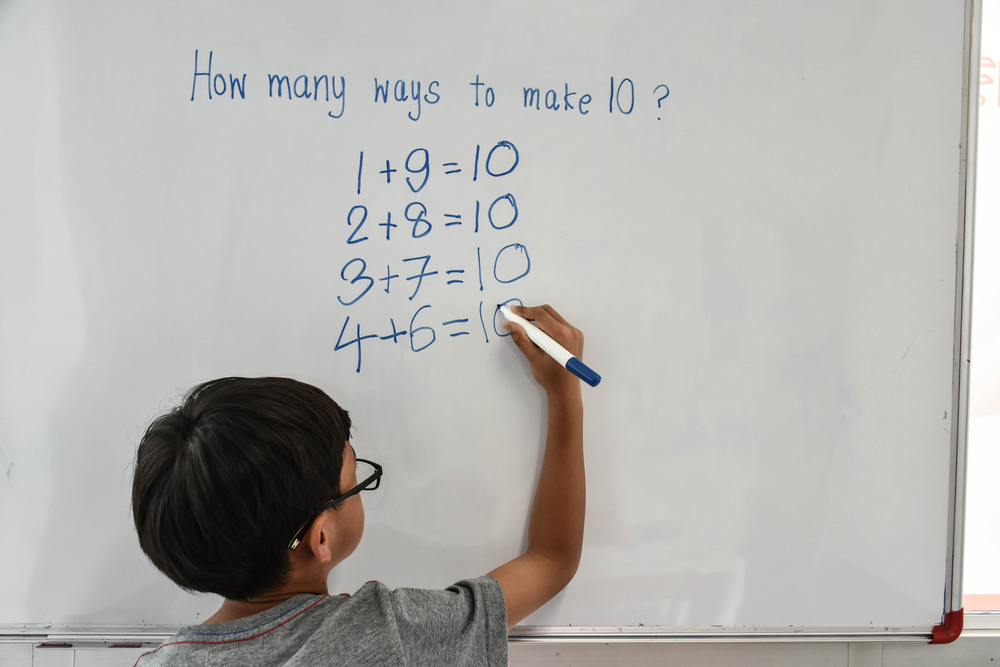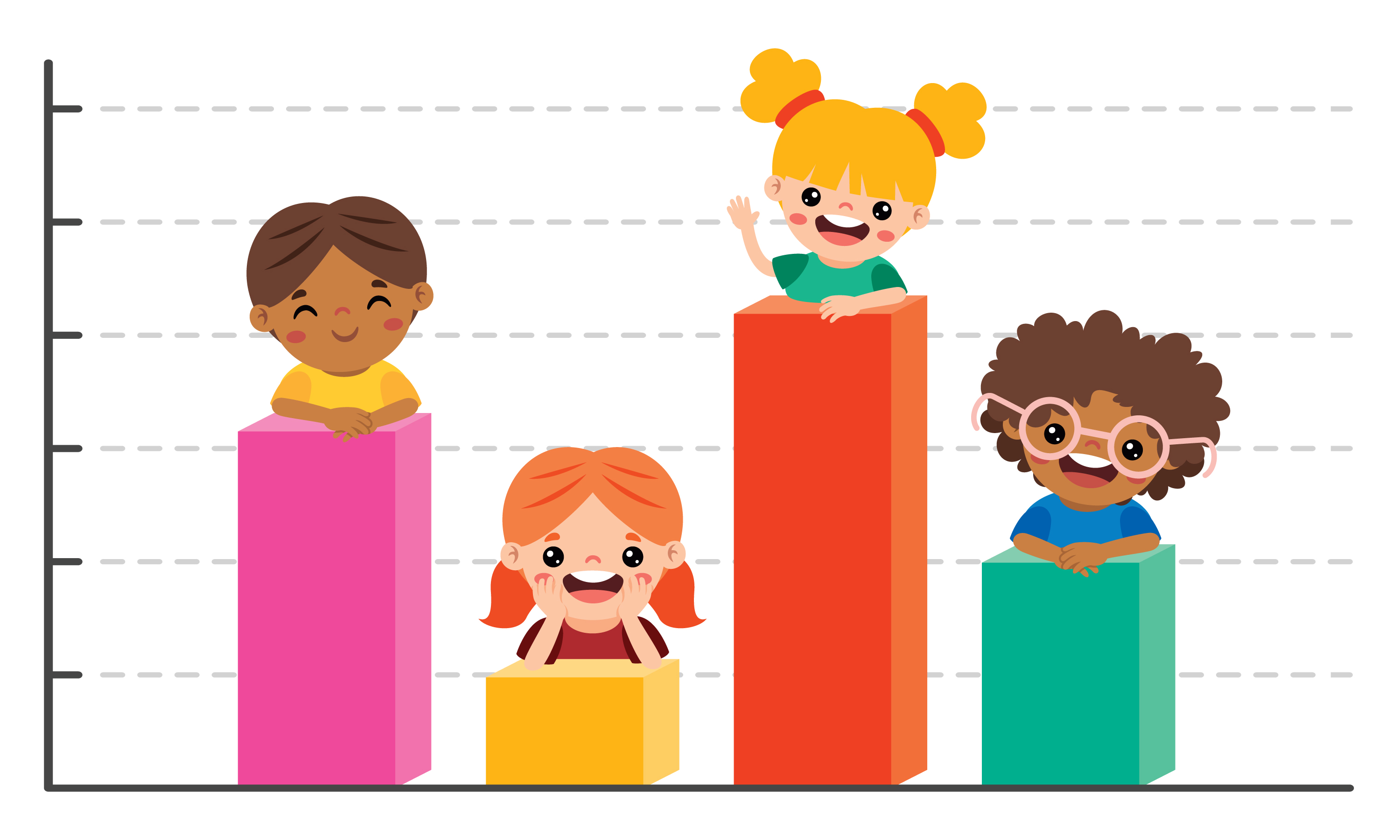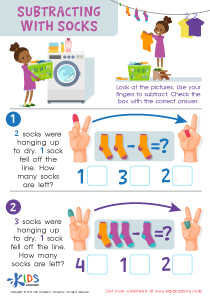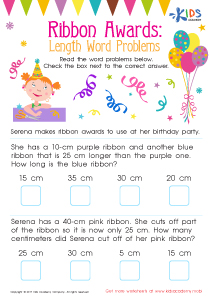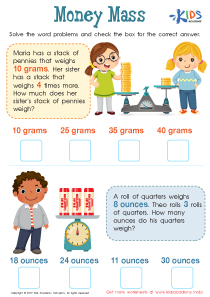Visual Learning Kindergarten Addition and Subtraction Word Problems Worksheets
5 filtered results
-
From - To
Discover our engaging Visual Learning Kindergarten Addition and Subtraction Word Problems Worksheets! Designed for early learners, these worksheets help develop essential math skills through visual aids and contextual problem-solving. Each activity encourages children to relate real-life scenarios to mathematical concepts, fostering comprehension and critical thinking. Along with vibrant illustrations, your students will enjoy hands-on experiences, counting objects, and solving word problems tailored specifically for their developmental stage. Perfect for classroom or home use, our resources aid in building a strong foundation in math. Explore our collection today to make learning both fun and effective for your kindergartners!
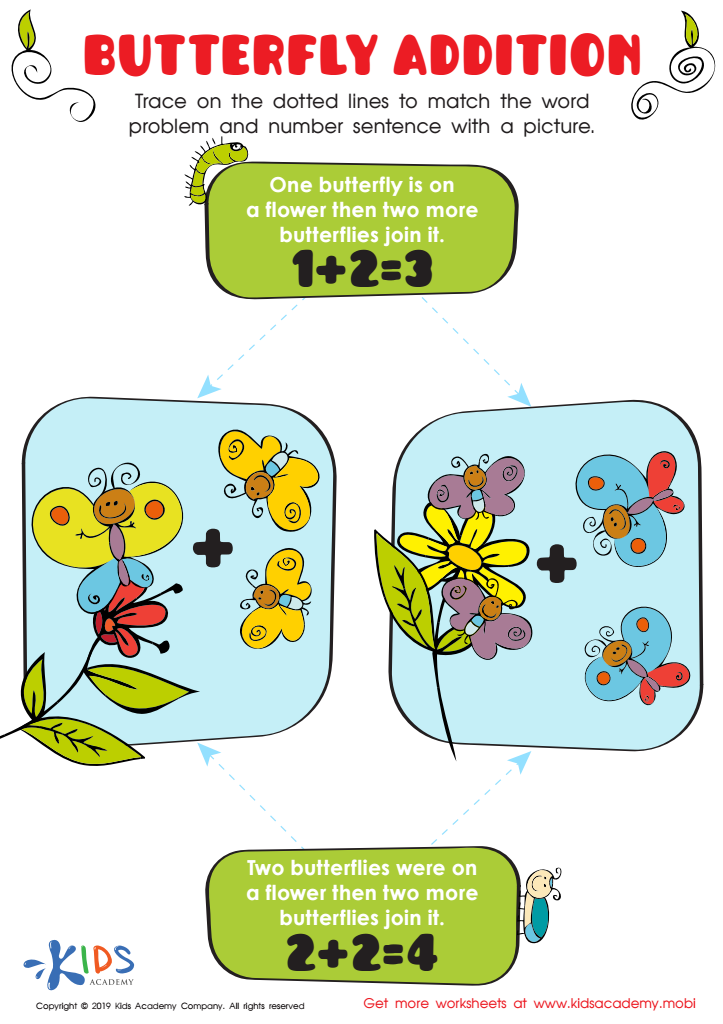

Butterfly Addition Worksheet


Subtracting Socks Worksheet
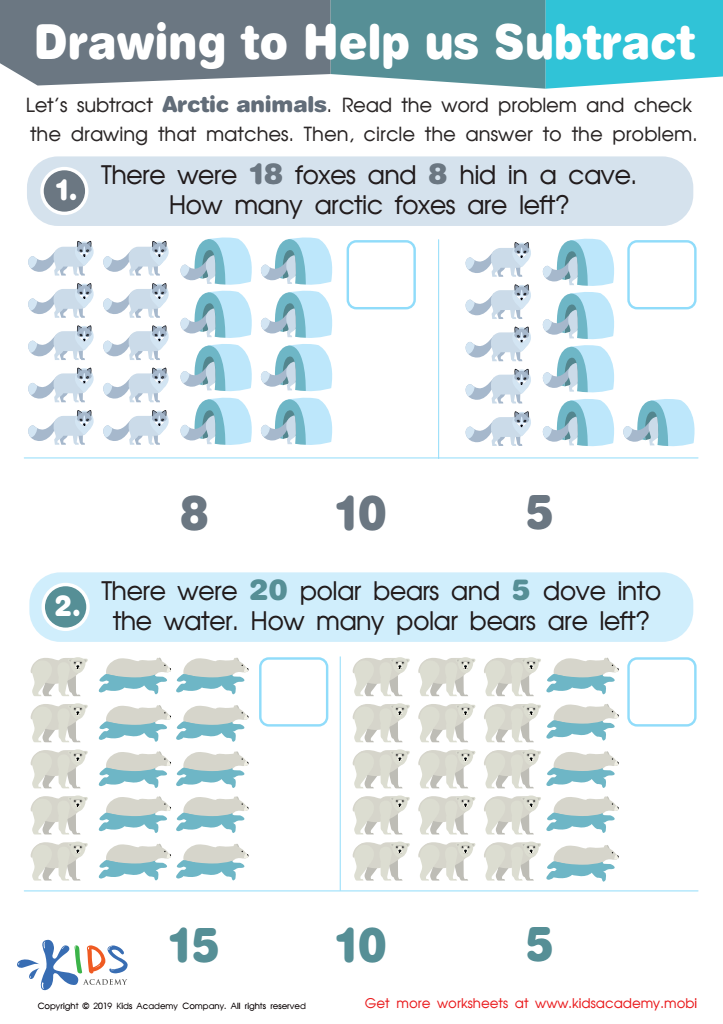

Drawing to Help Us Subtract Worksheet
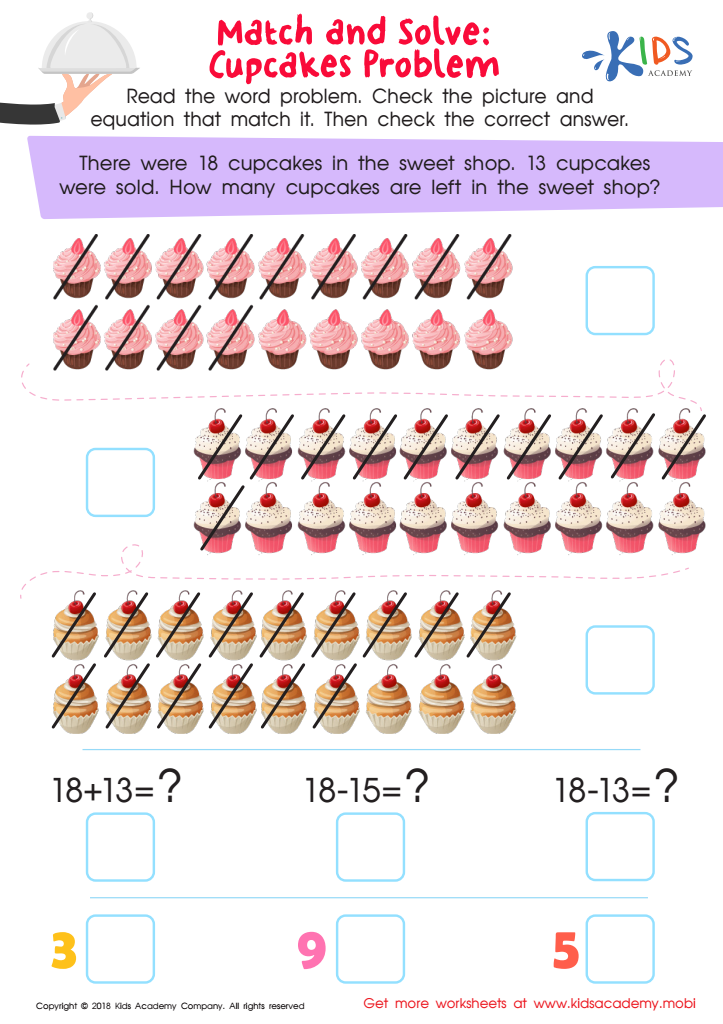

Match and Solve: Cupcakes Problem Worksheet


Addition at the Zoo Worksheet
Visual learning plays a crucial role in developing foundational math skills in kindergarten, particularly in understanding addition and subtraction through word problems. For parents and teachers, incorporating visual aids in these mathematics lessons fosters a deeper comprehension of mathematical concepts. Young learners often benefit from tangible representations, such as pictures, blocks, or number lines. These tools simplify abstract concepts, making them more accessible and relatable.
Additionally, word problems help children connect math to real-world scenarios, enhancing their problem-solving and critical thinking skills. By visualizing the problem, students can more easily decipher the relationships between numbers and gain confidence in their abilities.
Furthermore, early exposure to visual learning not only aids in mastery of addition and subtraction but also establishes a strong mathematical foundation for future learning. Understanding mathematical language through visual context helps students develop reasoning skills and enhances their overall communication abilities.
Ultimately, investing time in visual learning strategies during these formative years encourages a positive attitude toward mathematics, reduces anxiety about math, and fosters a love for learning. Consequently, parents and teachers should prioritize visual learning methodologies in their teaching practices to build a solid groundwork for students' ongoing academic journey.
 Assign to My Students
Assign to My Students







